The Kharkiv Museum of Art - the second most widely made in the Russian Empire
Hi all my dear friends in steemians tonight I will tell you about the complex and dramatic fate of the Kharkov Art Museum.
collection of 200 years. his birth, we are obliged to Kharkov University and, above all, its founder - Vasily Karazin.
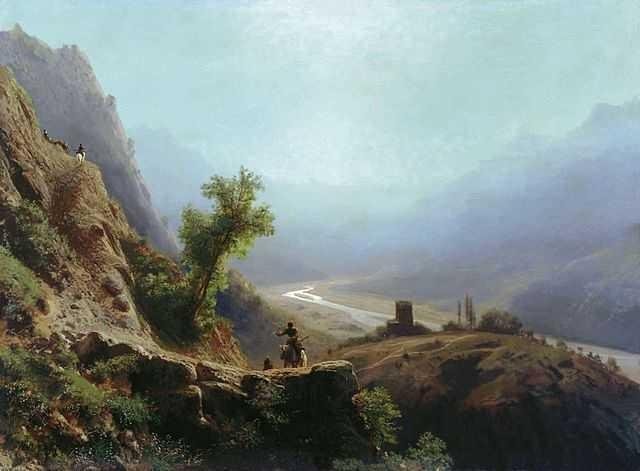
Karazin bought at St. Petersburg worth of graphic collections Frederick Adelunga. He vsoderzhala was originally a professor of the art of XVI-XVIII century of the West: Italian Guercino and Giovanni Francesco, Giovanni Benedetto Castiglione and Luca Giordano, French Francois Boucher and François Lagrene, Dutch young Hendrik Goltzius, Flemish Van Dyck, Dutch artist painting Pieter Bruegel the Elder. Specially the value of Albrecht Durer's printed collection.
Ivan Betskoi gave the museum 543 paintings of the famous Italian master of the XVI-XVIII century, including Jos van Cleve, Francesco Furini, Andrea Sacchi, Pietro da Carton and others.
In 1873, as the legacy of connoisseurs of Arcadia Alferov, who inherited a private collection founded in the XVIII century, members of the "Popovski Academy" A. Palitsyn, for the assembly of university works added mainly to the dutch master XVI-XIX centuries: 50 paintings and over 3,000 watercolors and drawings.
December 14, 1886 a solemn and festive, recorded the opening of Art Kharkov and Industrial Museum - the second since the founding of the Russian Empire and the first in contemporary Ukraine.
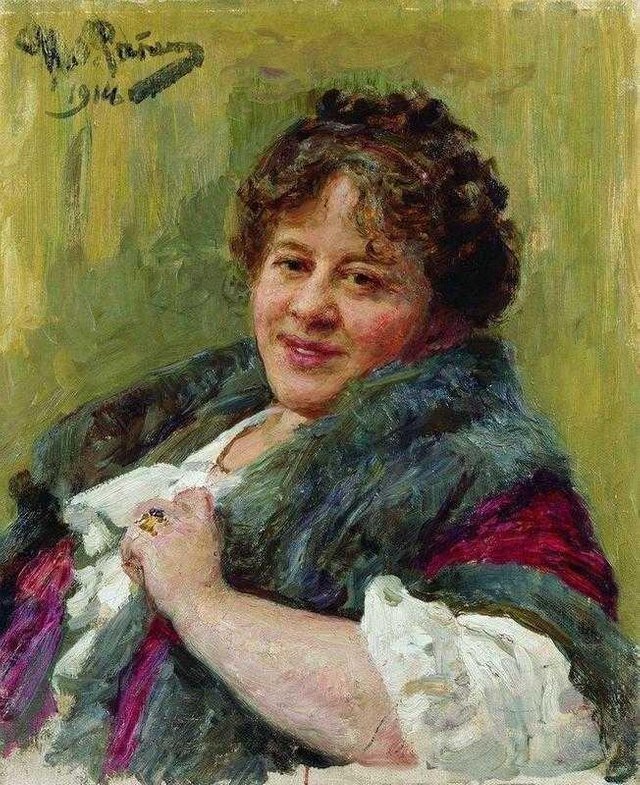
In March 1920, at a meeting of the museum section, a decision was made to reorganize: "The Center for Art and History Museum was established in Kharkov." The collection is replenished with works from the Hermitage warehouse, the Russian Museum (Leningrad), the Tretyakov Gallery, the private collection.
Later in the collection added a unique exhibit of the Museum Vladimir, which was created in the early 1920s in the manor "sugar king" P. Kharitonenko of his collection. At the high artistic value of this collection has all-Ukrainian significance. The museum holds 13th-century iconic paintings, paintings, sculptures, porcelains, furniture.
In 1930, the will of the Executive Committee of Kharkov Okrug was liquidated, and his exhibition was distributed between Kiev and Kharkov. After the dramatic and dramatic events of the museum reorganization Kharkov Art Museum maintains a number of works, is a collection of P. Kharitonenko: T. Whitty "Holy", V. Surikov "Portrait of N. Matveeva," Nesterov "Silent Waters", S. Zhukovsky "Blue Water , Golden Autumn ", V. Polenov" Yard "and others.
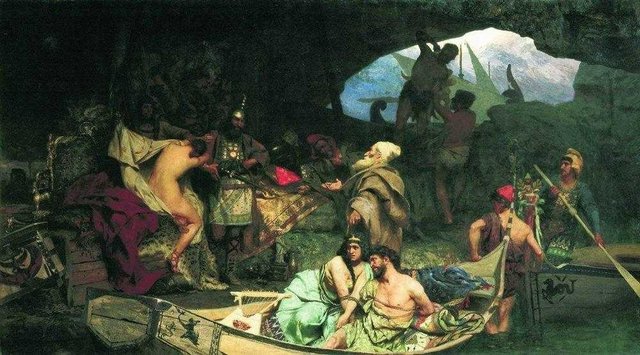
One positive result of the inter-museum exchange is the reception of the Tretyakov Gallery painting I. Repin "Zaporozhtsy wrote a letter to the Sultan of Turkey."
On the eve of the Second World War, the collection of the State Gallery of Ukraine draws about 75,000 exhibits. The gallery was not even included in the evacuation plan. War is under way, Kharkov is already bombarded, and Gallery employees are forced to show off new exhibits. Just nine days before the Kharkov occupation, only one car was provided for the evacuation of one of the best museums in the Soviet Union. It's possible to evacuate around 4,700 valuable exhibits.
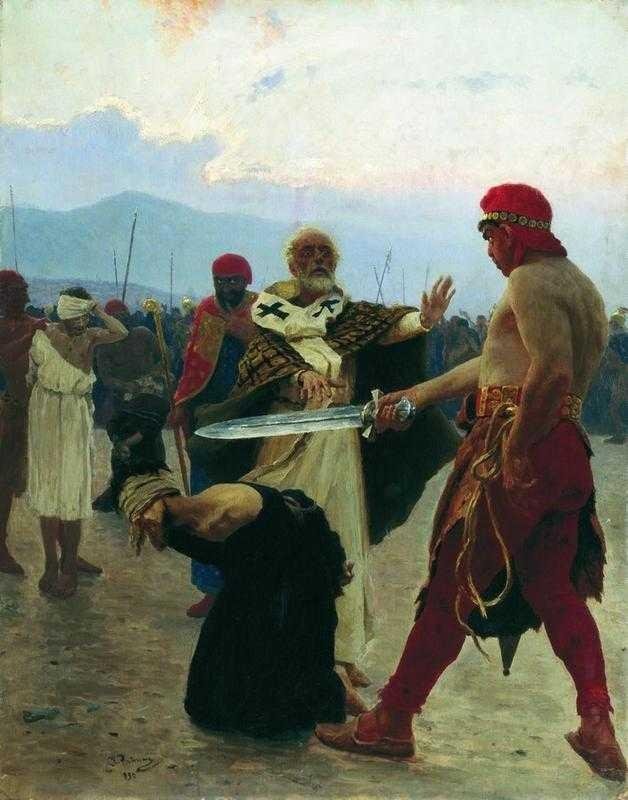
The collection that remained in Kharkov during the occupation existed as the Kharkov Ukrainian Art Museum, from which the Nazis planned and deliberately chose and exported the exhibition to Germany. A few days before the liberation of Kharkov in August 1943, the museum building was burned along with the remains of the collection.
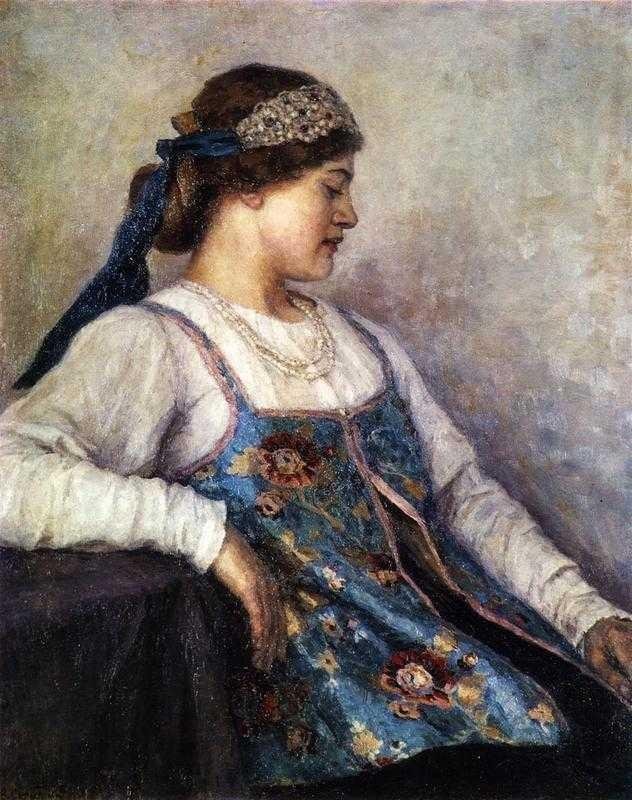
Returning from evacuation from Novosibirsk and broken items found in the ruins of the gallery formed the basis of the post-war museum. In 1944 he received a new name - State Art Museum of Kharkov Ukraine.
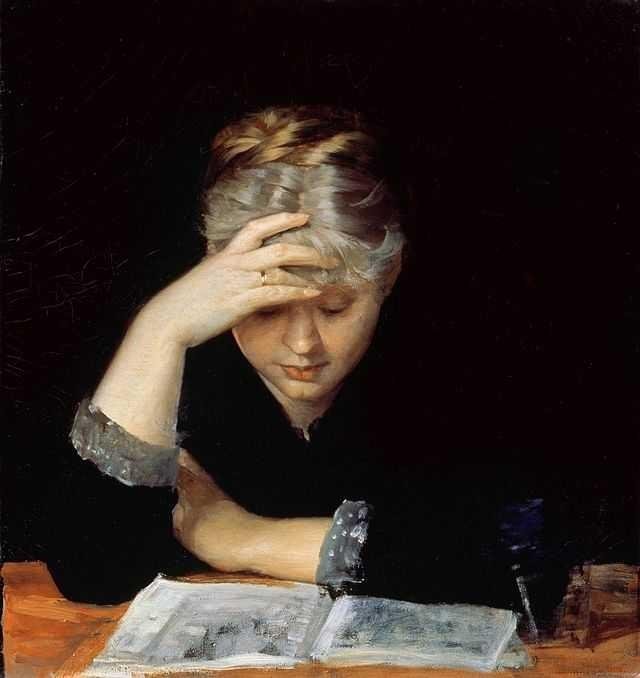
In the 1970s the museum was replenished with donations of unique collections of O. Podkopaya - M. Podkopay, O. Krieger - M. Fradkina, E. Shpektor.
the charity tradition and support of modern collectors - the 200th anniversary of the collection of the People's Deputy of Ukraine Alexander Feldman has presented a collection of Japanese netsuke and origami, and renowned collectors Petrova and P. koloboks - paintings of Russian artist Boris Kustodiev and Flemish XVII century painter Gillis Mostaert.
Wow, I def have to visit this museum!